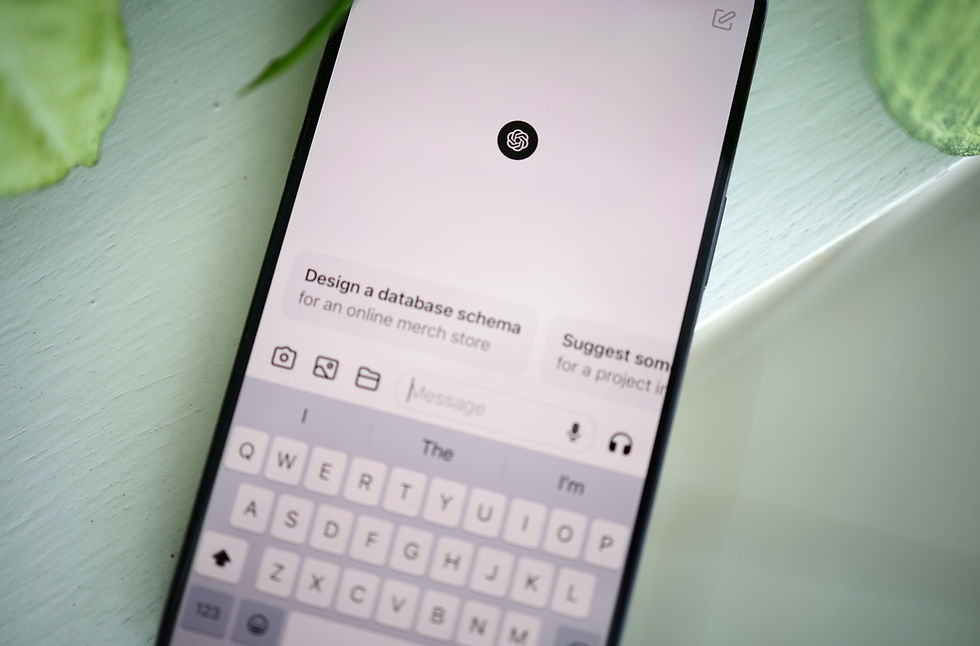ChatGPT Brings Back an Old Favorite — And the Lesson for Marketers
- Shalena Ward

- Aug 8
- 2 min read
When OpenAI rolled out GPT-5 in early August 2025, the AI world buzzed with anticipation. A brand-new model meant upgraded capabilities, smarter responses, and fresh features. But almost as quickly as the excitement rose, frustration followed.

Along with the update, OpenAI quietly retired some of its older models, including GPT-4o — a version many users considered a favorite. For some, GPT-4o wasn’t just a tool. It had a tone, rhythm, and personality they trusted. It felt approachable. It “got them.”
So when it suddenly disappeared, the reaction was swift. Social media lit up with posts from users lamenting the change. Some said GPT-5 felt slower or less conversational. Others missed the way GPT-4o seemed more intuitive for certain creative tasks.
And here’s the interesting part: within just 24 hours, OpenAI announced that GPT-4o would be coming back for Plus subscribers. In an industry known for moving fast, that was a remarkably quick reversal — and a clear sign that user feedback still matters in the AI age.
Why the GPT-4o Revival Matters
From a marketing perspective, this whole situation is more than just a tech story. It’s a live-action case study in customer loyalty, product positioning, and brand responsiveness.
1. People value familiarity as much as innovation.Marketers love to tout the “latest and greatest,” but for many customers, the comfort of a familiar experience is just as important. GPT-4o users had built workflows, habits, and even emotional connections with the way the model interacted. When that was taken away, the disruption felt personal.
2. Choice is a competitive advantage.OpenAI could have said, “Sorry, this is the new model, get used to it.” Instead, they offered users the option to choose. That’s a simple yet powerful marketing move — it makes people feel heard, respected, and in control of their experience.
3. Personality is a brand asset.In AI, “personality” might sound like fluff, but it’s real. GPT-4o had a certain style that people preferred, and no matter how technically advanced GPT-5 was, it couldn’t replicate that feeling right away. For brands, this is a reminder: the way your product “feels” is part of its value proposition.
4. Rapid response builds trust.OpenAI’s quick reversal showed they were paying attention. In the age of instant feedback, responding in days — or in this case, hours — can turn a negative story into a win.
The Takeaway for Marketers
The GPT-4o comeback is a textbook example of why brands can’t ignore user sentiment. Data and innovation matter, but so do relationships and trust. People want to feel that they have a voice in the products they use, and when brands honor that, loyalty deepens.
Whether you’re launching a new service, rolling out a rebrand, or changing a long-standing process, keep these lessons in mind:
Listen early and often — Collect feedback before and after changes.
Offer flexibility — Give customers options instead of hard replacements.
Protect the “feel” of your brand — It’s just as important as the features you offer.
In the end, bringing back GPT-4o wasn’t just about restoring an AI model — it was about restoring trust. And in marketing, trust is the currency that keeps customers coming back.




Comments